chronic pain treatment
What is chronic pain?
Chronic pain is a painful condition that is ongoing with time, keeps on returning frequently, or lasts longer more than 3 months the normal course of healing. It can last long after the injury or illness that first caused it is gone. Chronic pain can last from several months to many years. It harms your personality and a person’s well-being and ability to perform everyday activities affected badly.
What causes chronic pain?
There are many possible causes of chronic pain. Chronic pain can be grouped into four main types.
- Neuropathic (nerve-related) pain: This is pain caused by damage to or malfunctioning of the somatosensory system. the system made up of sensory Proprio receptors and neurons in the central nervous system and the peripheral nervous system. One important example of neuropathic pain is sciatica (where a pain in the back, hip, and upper thigh related to the sciatic nerve dermatome).
- Muscle pain: Problems with the skeleton’s muscles are frequent and the most common cause of chronic pain. Myofascial pain (muscle tissue pain) can affect areas such as the lower back, hips, legs and feet, neck, shoulders, arms, and trunk of the body. It often occurs after an injury or following repetitive motions. like exercise-induced trauma.
- Inflammatory pain: Inflammatory agents trigger the main sensory nerves that send pain signals to the spinal cord. Causes include joint arthritis, surgical tissue injury, or infection[bacterial, viral, protozoal etc]. It may also be due to conditions that occur after surgery. Symptoms may include redness, warmth, and swelling at the site of the pain. the main cardinal sign of inflammation.
- Mechanical/compressive pain: Any Mechanical pressure or stretching activates of your organ nerve cells that are sensitive to pain. Causes may include fractures, disc degeneration, or compression of tissue by tumours, cysts, or bony structures.
How is your chronic pain diagnosed?
There is no way to subjectively measure the pain situation. Only the person with chronic pain can provide a detail description of how much pain he or she is feeling. The doctor will ask where the pain is located, how long the duration it has been going on, and whether it is sharp or dull, constant, or occurs off and on. Sometimes a patient will be asked to rate how bad the pain is by using a numerical scale VAS score and giving more details. The doctor will do a physical exam and clinical examination may order additional diagnostic tests, including:
Laboratory tests to analyze blood, urine, and/or fluid from the spinal cord and brain.
Musculoskeletal or neurological exams to assess reflexes, sensation, balance, and coordination.
Imaging tests
-
Magnetic resonance imaging (MRI) to obtain scans of the brain, spinal cord, and other structures. like nerves, ligaments, vascular structure
-
X-rays to obtain images of the bones, joints, and other structures.
-
Electrodiagnostic procedures
- Electromyography [ EMG] to test muscle activity.
- Nerve conduction studies[ NCV] to record how well nerves are working and their conductivity pattern.
How is chronic pain treated?
Although there is no single cure is available for chronic pain, there are many ways to treat and manage it. The first step should be to treat any underlying conditions that may cause pain. These treatment methods will vary according to the specific disease or medical condition. The treatment also will depend on the type of chronic pain involved. It is recommended that a team of pain physician, neurologist, a physiatrist with the patient to develop a comprehensive plan for treating and managing pain, instead of relying solely on medications. The focus should be on the development of self-management skills, along with lifestyle changes and efforts to improve physical and mental health. The plan should include psychological and behavioural therapy. it is a holistic approach ideally.
Drug treatments for chronic pain
- Analgesics (pain relievers): The use of pain relievers is the most common method for treating chronic pain. These drugs do not work in all cases, however.
- Non-narcotic pain relievers: Nonsteroidal anti-inflammatory drugs (NSAIDs)
- Opioids, opioid-like agents, or combinations of opioids and non-narcotic analgesics
- Topical products.
Non-drug treatments for chronic pain
- Exercise: Light to moderate exercise may help improve blood and oxygen flow to muscles and reduce stress. It may be especially helpful for people with low back pain, arthritis, psychogenic pain, and many others.
- Heat and/or cold application: Applying heat and/or cold regularly to a sore area via a safe mechanism (such as hot or cold packs that have temperature limits built in to prevent burning or freezing skin) can be very effective for treating many types of pain.
- Acupuncture: Acupuncture done by a trained therapist can provide relief for all types of chronic pain. but it subjective too.
- Massage: Massage therapy is effective for muscle and mechanical pain and may be useful for other kinds of chronic pain as well. just as we do in physiotherapy treatment.
- Spinal cord stimulation: Electrodes are placed inside the epidural part of the spinal cord. The patient can send an electrical signal in pulses wave to the spinal cord using an implanted electrical pulse generator. The electrical impulses interrupt the pain signal to the brain providing relief.
- Deep brain stimulation: This technique is only used to treat chronic pain in cases that do not respond to more medical conservative treatment. It requires neurosurgical stimulation of areas of the brain, usually the motor cortex or thalamus.
Drug treatment for Chronic pain:
- Antidepressants.
- Anticonvulsants (anti-epileptics): These drugs may be used to treat various neuropathic pain conditions. Such conditions include nerve injuries and diabetic nerve pain.
- Sedatives/anti-anxiety agents:
- Muscle relaxants.
- Corticosteroids.
- Antirheumatics/immunological agents.
- Botulinum toxins.















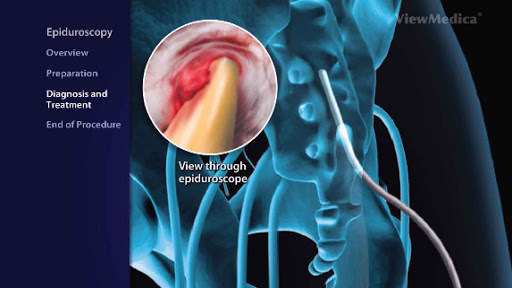

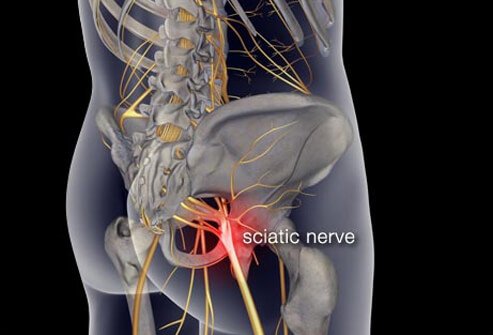



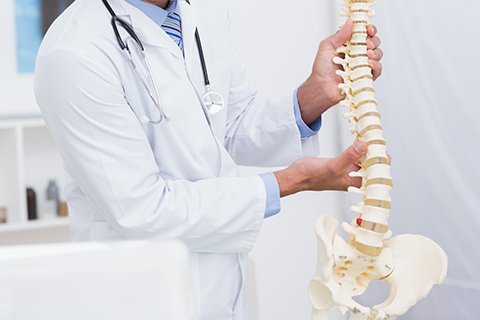











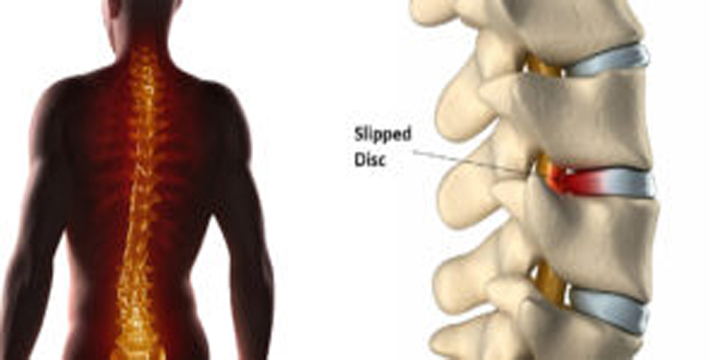
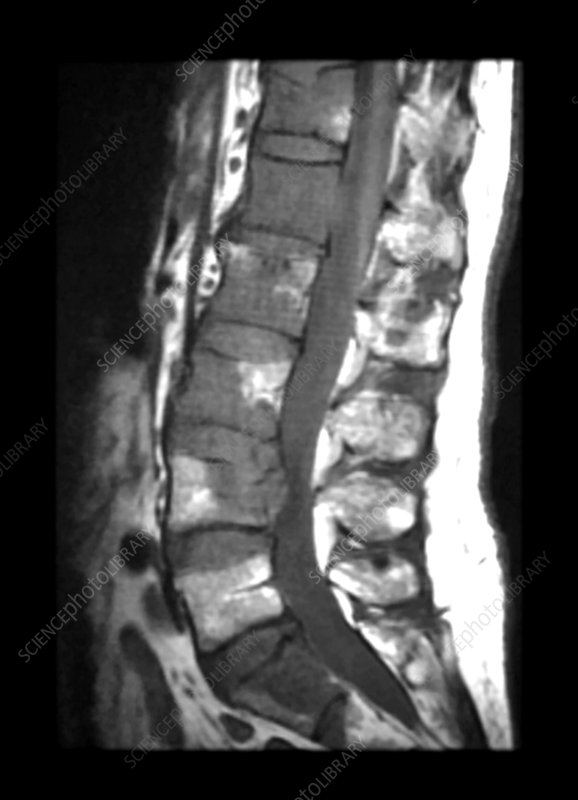































.jpg)



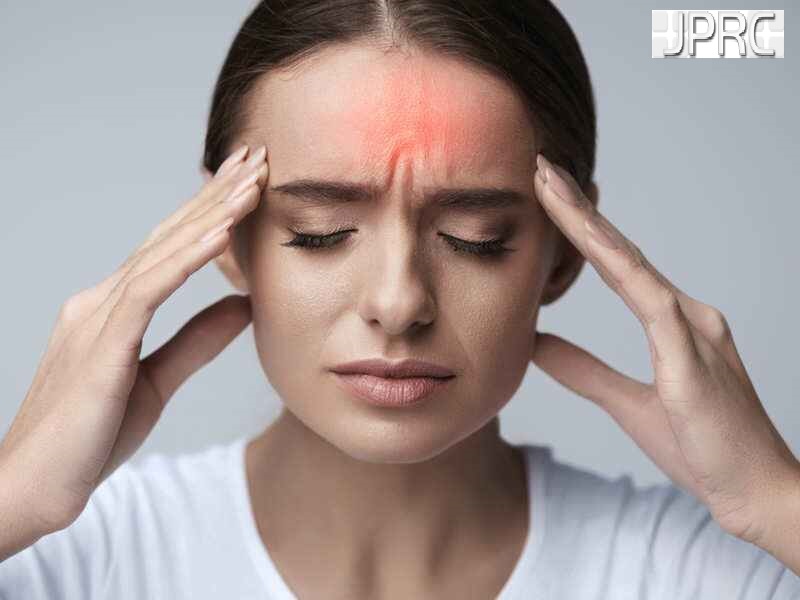







_Injection_Description_in_Hindi.jpg)


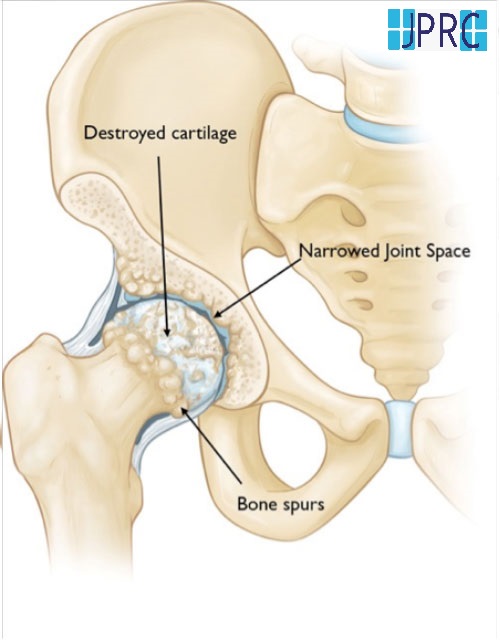
















.jpg)










.jpg)




.jpg)
.jpg)
.jpg)







.jpg)
.jpg)
.jpg)
.jpg)
.jpg)
.jpg)
.jpg)
.jpg)
.jpg)
.jpg)
.jpg)
.jpg)
.jpg)
.jpg)
.jpg)
.jpg)
.jpg)
.jpg)
.jpg)
.jpg)
.jpg)
.jpg)
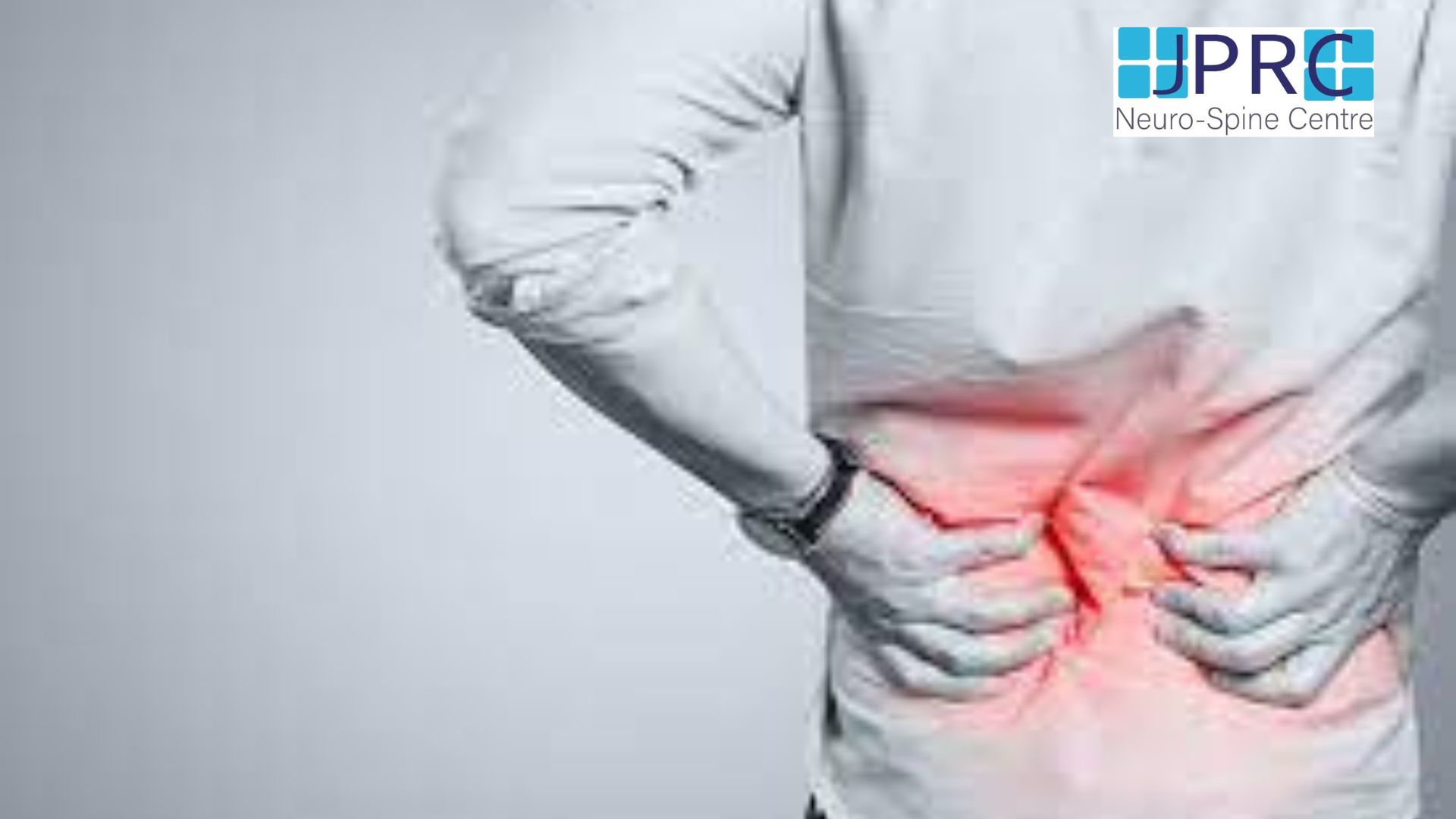





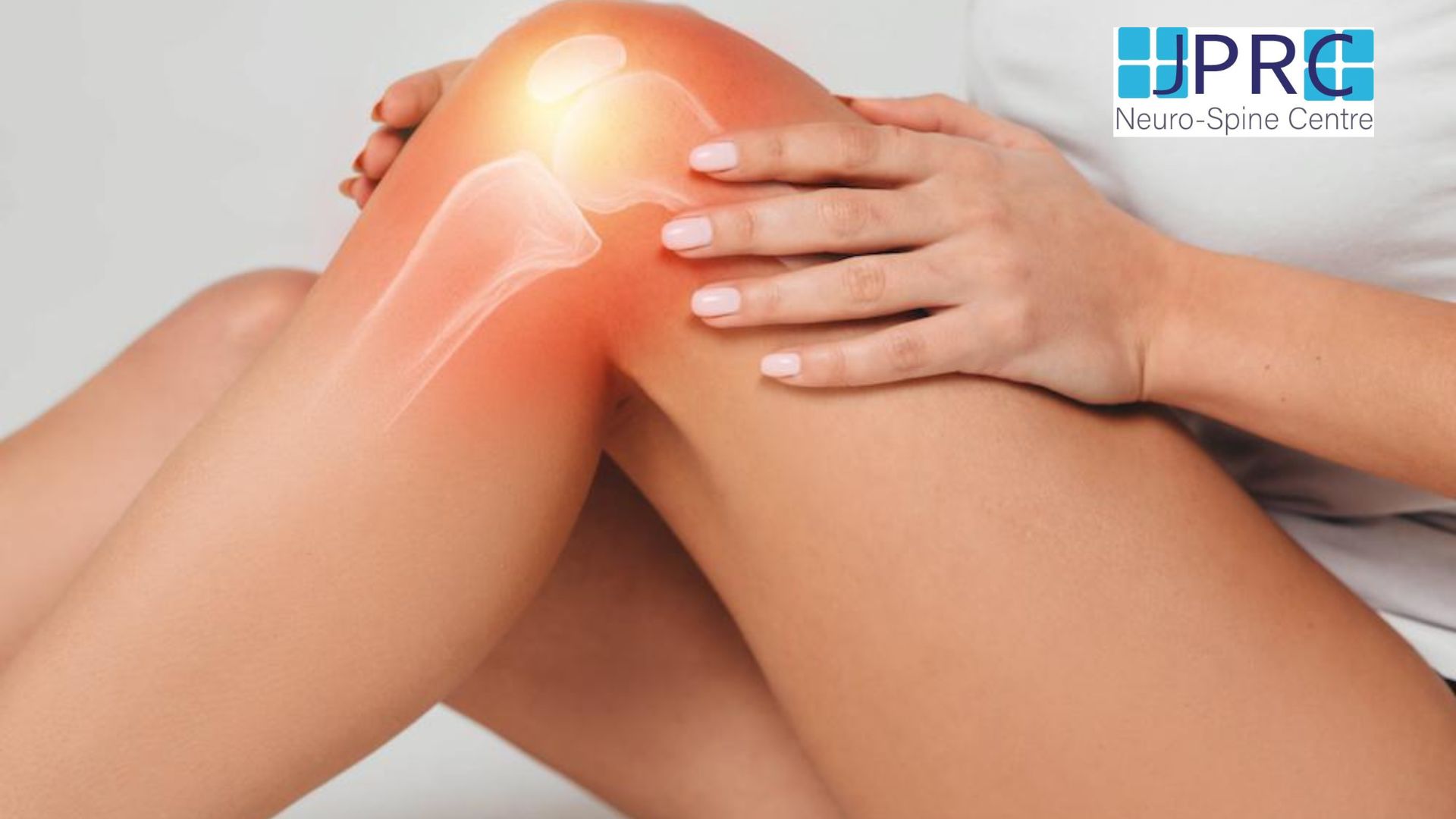

1.jpg)
1.jpg)

1.jpg)
1.jpg)
1.jpg)
1.jpg)
1.jpg)








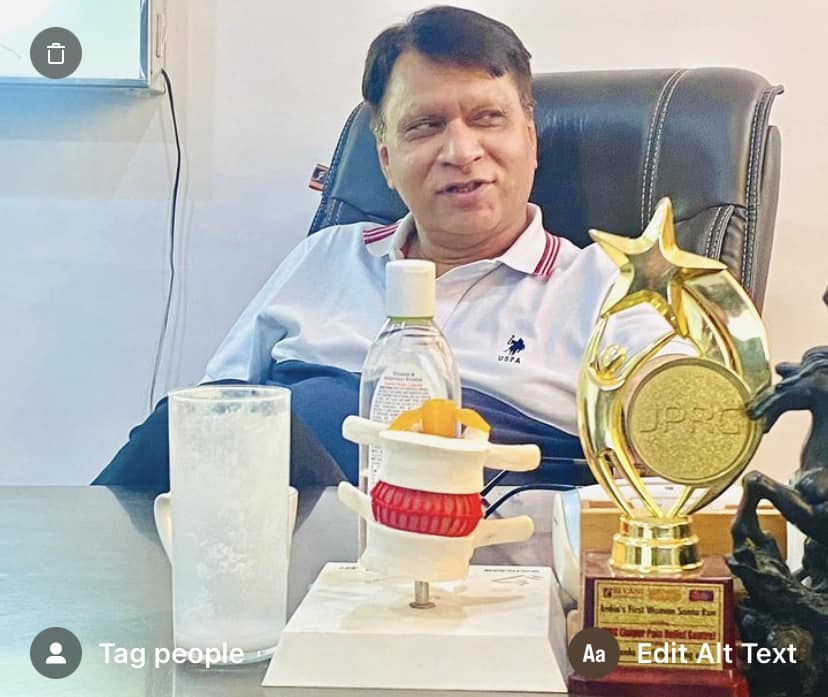

2.jpg)
3.jpg)


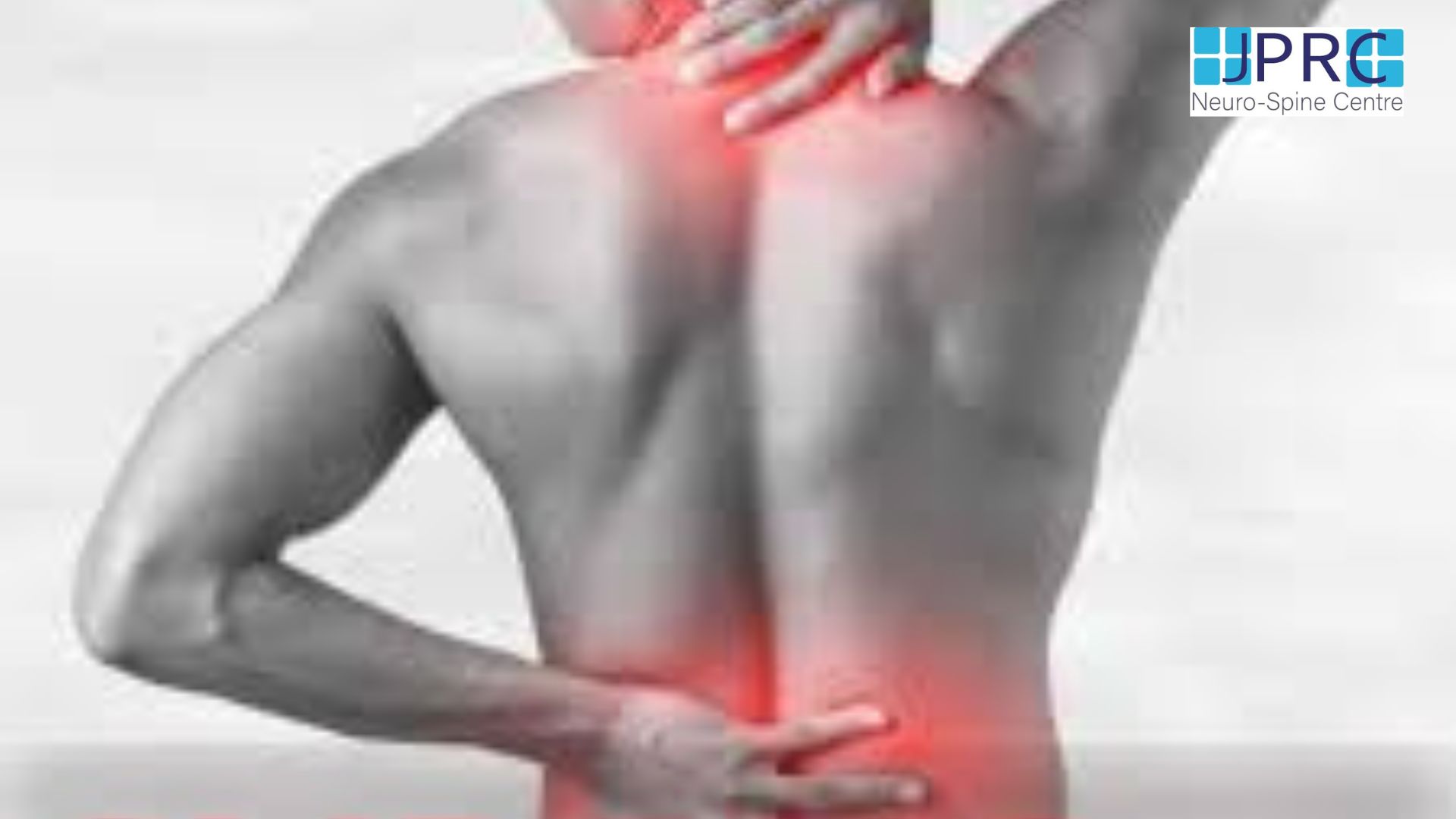
4.jpg)
1.jpg)
2.jpg)

5.jpg)

6.jpg)

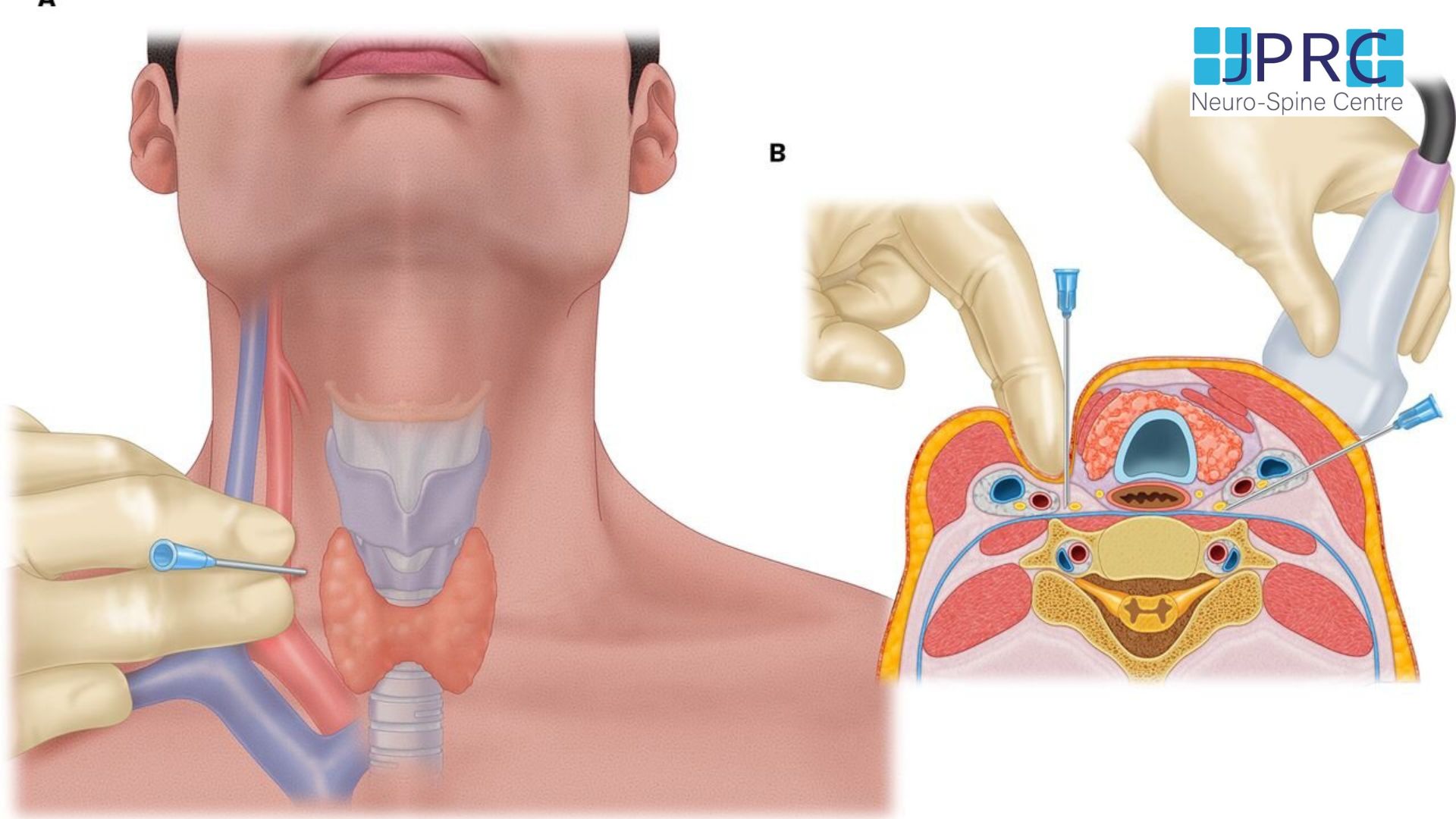


7.jpg)
2.jpg)

8.jpg)

9.jpg)
3.jpg)

10.jpg)

11.jpg)


12.jpg)
4.jpg)





























